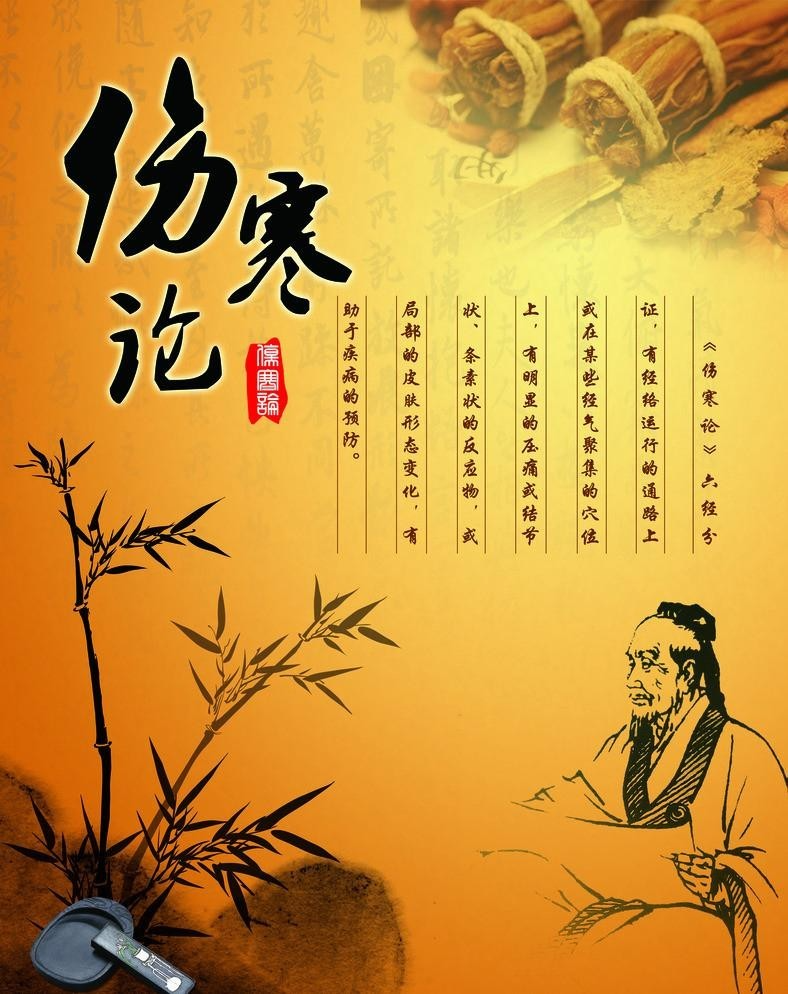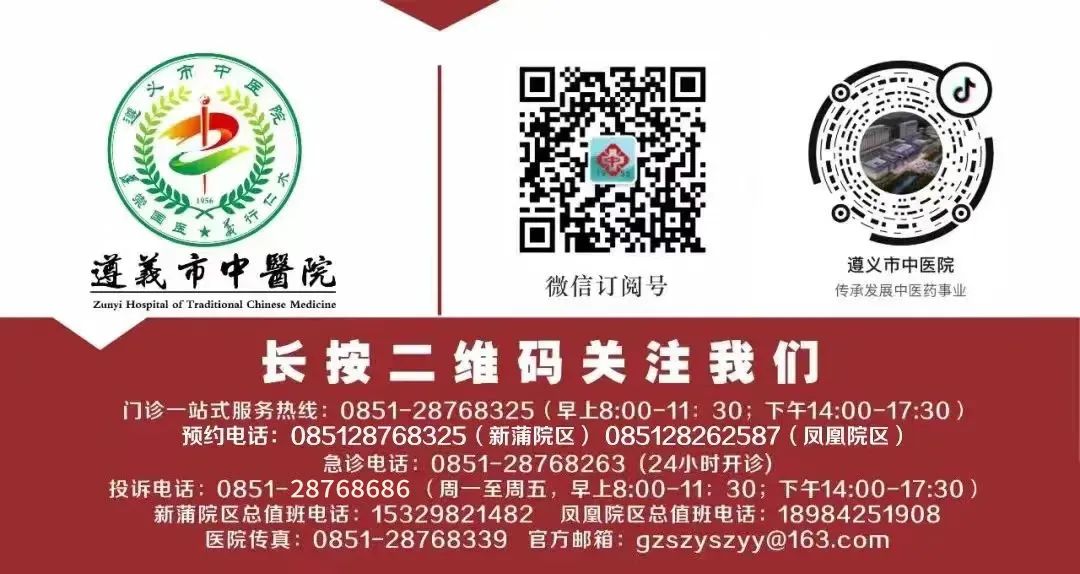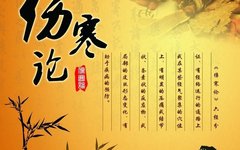
“Shang Han Lun” (Treatise on Cold Damage) originates from the Eastern Han Dynasty, authored by Zhang Ji (also known as Zhongjing). This text is selected from the Ming Dynasty edition of “Zhongjing Quanshu – Reprint of the Song Version of Shang Han Lun” by Zhao Kaimei. The numbered references following the original text were added by later medical scholars for ease of study, following the original order of the text. A total of 195 original texts are selected, of which 110 must be memorized and 85 must be thoroughly read.The accompanying formula verses reference “Tang Tou Ge Jue”, “Changsha Fang Ge Kua”, and some “Fang Ji Xue Jiao Yi”, with certain phrases modified for ease of recitation.



Shang Han Lun
Guizhi Qu Shaoyao Decoction
For Taiyang disease, after purging, if the pulse is rapid and there is fullness in the chest, Guizhi Qu Shaoyao Decoction is indicated. (21) Guizhi Qu Shaoyao Decoction FormulaGuizhi (Cinnamon Twig, peeled) 120g, Gan Cao (Licorice, roasted) 120g, Sheng Jiang (Fresh Ginger, sliced) 180g, Da Zao (Jujube, split) 12 pieces. Combine these four ingredients with 7 liters of water, boil down to 3 liters, strain, and take 1 liter warm. Note: This is based on Guizhi Decoction, but Shaoyao is omitted, and the method remains the same.【Terminology Explanation】① Rapid pulse: Here it refers to a pulse that is quick and not interrupted.【Analysis】Mismanagement of Taiyang disease can lead to adverse consequences such as the internal invasion of exterior pathogens. In this case, after purging Taiyang disease, besides the rapid pulse and fullness in the chest, no other transformation has occurred, and the exterior symptoms have not resolved, indicating that the chest yang has been injured. However, although the chest yang is injured, it is not severely deficient and can still contend with the pathogen; the pathogen has not fully invaded, and there is still a tendency to extend outward, as evidenced by the rapid pulse. The rapid pulse reflects the struggle between the body’s yang qi and the pathogen, indicating that the exterior pathogen has not resolved, and the pathogen has invaded the chest, thus the treatment should focus on relieving the muscles and dispelling wind, while also promoting heart yang, using Guizhi Qu Shaoyao Decoction.【Formula Significance】Guizhi Qu Shaoyao Decoction is derived from Guizhi Decoction with Shaoyao removed. Guizhi combined with Gan Cao is warming and tonifying for heart yang. Sheng Jiang combined with Guizhi disperses and releases the exterior pathogens. Da Zao assists Gan Cao in tonifying the middle and boosting qi. The combination of these four herbs disperses and tonifies yang, effectively resolving exterior pathogens and promoting heart yang. Shaoyao, being yin and soft, hinders the promotion of yang qi, hence it is omitted.【Clinical Key Points】Main symptoms: fullness in the chest, rapid pulse, aversion to wind and cold, fever, sweating or lack of sweating, etc.Pathogenesis: chest yang deficiency, unresolved exterior pathogens.Treatment method: relieve muscles and dispel wind, promote yang qi.The formula used is Guizhi Qu Shaoyao Decoction.Guizhi Qu Shaoyao Decoction is now commonly used for various internal syndromes such as hiccups, edema, cough, vomiting, asthma, distension, palpitations, abdominal distension, heart obstruction, and hypochondriac pain, as well as for treating gastric prolapse, bronchial asthma with cor pulmonale, pulmonary heart disease, and dilated cardiomyopathy.【Important Notes】Regarding the rapid pulse mentioned in this section, most annotators believe that a rapid pulse simply indicates a quick pulse without interruption. Here, the rapid pulse reflects the internal invasion of exterior pathogens, stagnation, and the struggle between the righteous and the evil, rather than the later interpretation of excessive yang leading to heat accumulation.

Editor: Liu Yaning
First Review: Xiang Wei
Second Review: Liu Yiwei
Third Review: Wang Qixian


